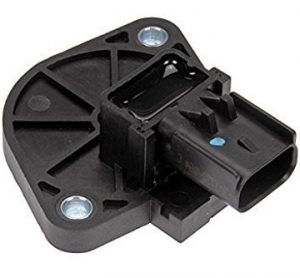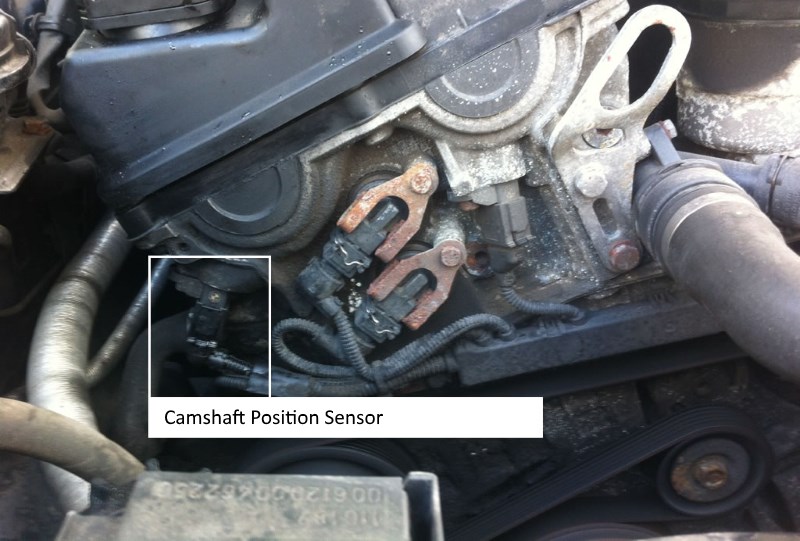What’s a Camshaft Position Sensor, Anyway?

If you’re driving around Hamilton, stopping at every light on Te Rapa Road or crawling through Hillcrest on your way to pick up the kids, your car’s engine is doing a lot of thinking behind the scenes. One of the little heroes making sure your engine knows which cylinder to fire next is the camshaft position sensor. Sounds a bit techy, but honestly, it’s just a clever little sensor that tells your car’s brain (the ECU) which cylinder’s up next so your engine runs smooth as.
This sensor works with the fuel injectors and ignition timing. When you’re on those rough backs roads near Ngaruawahia or bouncing over potholes and speed bumps in Rototuna, the camshaft sensor keeps sending info to the ECU, making sure you’re getting the right mix of fuel and spark. It’s constantly checking things alongside the crankshaft sensor, so if something’s out of whack, your engine computer’ll know and you’ll probably feel it when you drive.
When these sensors give up (and they all do eventually, especially with NZ’s wild weather swings from foggy mornings in Cambridge to blazing heat in the middle of a Frankton summer), you’ll usually need a new one fitted. Most times, swapping out the camshaft position sensor sorts things right out and your car’s back to running properly.
What Knocks Out a Camshaft Position Sensor?
We see all sorts in the workshop. There’s a few usual suspects when these sensors pack it in:
- Getting on a bit: Age is a biggie. We see it a lot with higher mileage Subarus out in Morrinsville and Toyotas like the Aqua with hundreds of thousands of Ks. Heat cycles, Hamilton weather, just wears them out.
- Gunk and grime: Dirt gets everywhere – if you’ve been down some back country roads past Gordonton or you’ve skipped a few oil changes, sensors can end up coated in grime or road dust. Doesn’t help things.
- Electrics playing up: Sometimes it’s just dodgy wires or connections, especially on older BMWs or less common Euros like a Skoda Octavia. Wires get brittle, connectors corrode, next thing the sensor’s not talking to the ECU properly.
How Do You Know if Yours is Stuffed?
- No go, no power: If your Nissan Leaf or that Honda Jazz you use for work loses grunt, or just feels flat footed up the hills by Dinsdale, could well be the sensor. Timing’s off, so the engine struggles.
- Misfires and splutters: Engine stalling at the lights on Victoria Street, misfiring out in Tamahere, that’s a sign. Our techs see this a lot, especially with Mazdas and older Euros.
- Car’s juddering or shakes: Camshaft sensor gone bad can have your car jerking like it’s kangaroo hopping. Happens to both petrol and diesel, no matter if it’s a VW Passat or trusty old Corolla.
- Not starting or stuck in limp mode: Some newer cars won’t start if the sensor fails. Others just stick you in first or second, real slow – it’s the car saving itself from bigger drama.
- Check engine light: Classic. If that dash light pops on and won’t go away, get a scanner on it. Camshaft position sensor faults are a regular on our scan tools.
- Chews through gas: Poor sensor means rubbish combustion. You’ll notice you’re filling up more on your way to Raglan or Huntly.
Need a Replacement or a Check-Up?
If your car’s running rough or you need a camshaft position sensor replacement, swing by Grimmer Motors. Doesn’t matter if you drive a Suzuki Swift, a Kia Sportage, or something a bit fancier. Our skilled crew can diagnose the problem and fit a new sensor quick as – gets you back on the road safely, whether you’re heading into Hamilton for work or dropping the kids at school in Chartwell. Reliable engines, better fuel use, smoother starts, all that good stuff.
Come see us for car service Hamilton, diagnostics, or if you just want us to check over what’s making your car play up. For camshaft position sensor replacement or expert diagnostics in Hamilton – give us a bell, or book in now.

